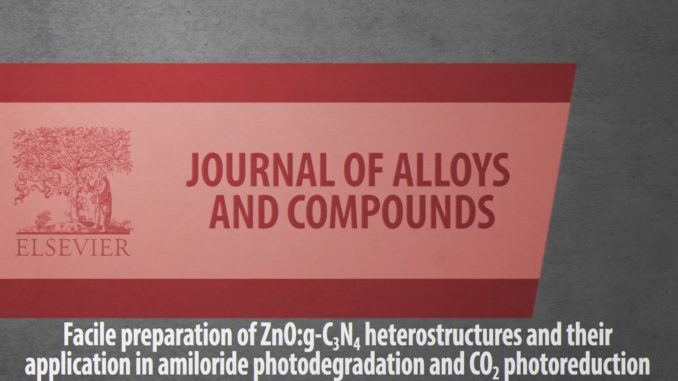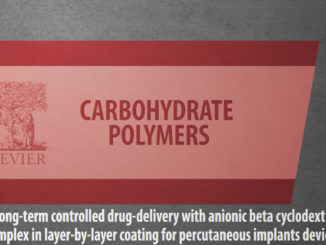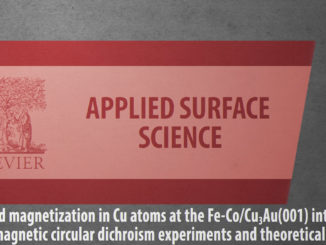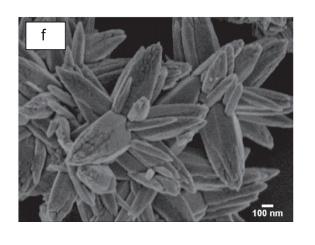
Facile preparation of ZnO:g-C3N4 heterostructures and their application in amiloride photodegradation and CO2 photoreduction
Abstract: Semiconductor heterojunctions are interesting strategies for the development of efficient photocatalysts. In this paper we report the synthesis of ZnO:g-C3N4 heterostructures with different percentages of g-C3N4 (15%, 50% and 85%) using an easy and new method: precipitation of ZnO by alkaline solution at room temperature on g-C3N4 surface. The nucleation of ZnO nanoparticles had effective interaction on the g-C3N4 surface, showing good crystallinity and uniformity, which improved the heterostructure stability and the separation of photogenerated charge carriers, consequently increasing the photocatalytic efficiency for both the degradation of the amiloride (AML) drug and the conversion of CO2 into products such as CO, CH4 and C2H4.
Author(s): Martins, N.J.; Gomes, I.C.H.; Silva, G.T.S.T.; Torres, J.A.; Avansi Jr, W.; Ribeiro, C.; Malagutti, A.R.; Mourão, H.A.J.L.
Journal of Alloys and Compounds
Published: 5 March 2021 Volume 856, 156798
DOI: https://doi.org/10.1016/j.jallcom.2020.156798
CDMF
The CDMF, hosted at the Federal University of São Carlos (UFSCar), is one of the Research, Innovation and Dissemination Centers (RIDC) supported by the São Paulo State Research Support Foundation (Fapesp), and also receives investment from the National Council Scientific and Technological Development (CNPq), from the National Institute of Science and Technology of Materials in Nanotechnology (INCTMN).




